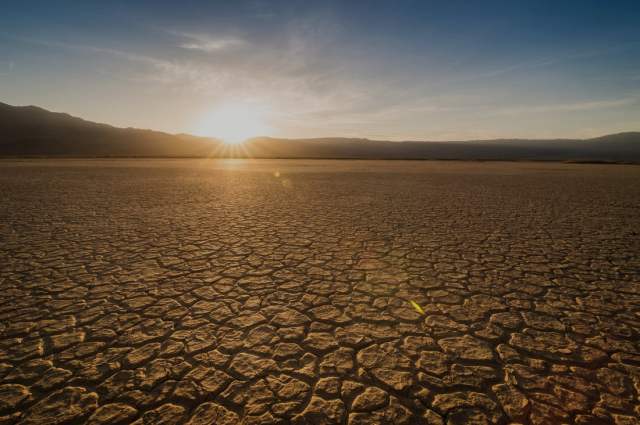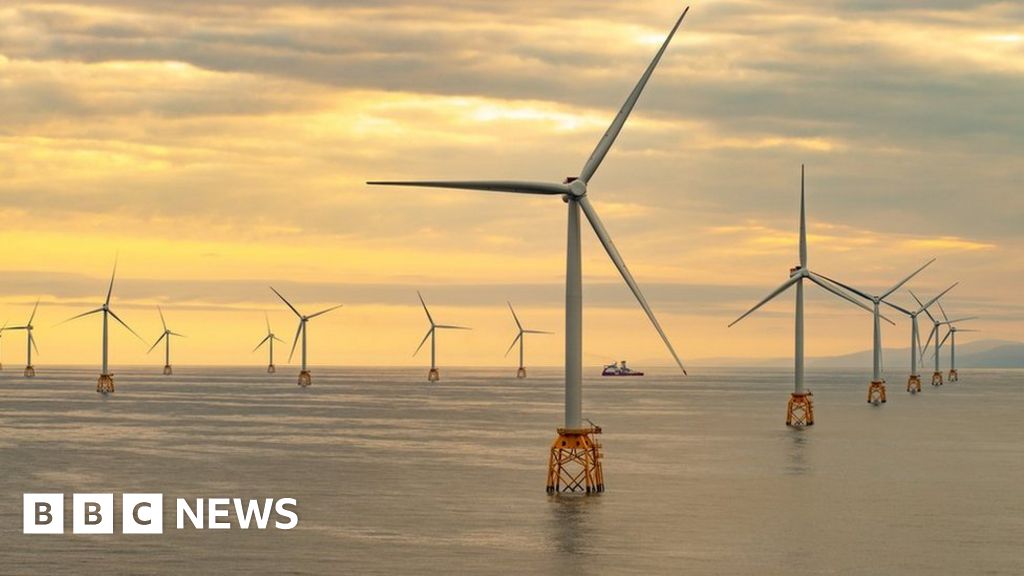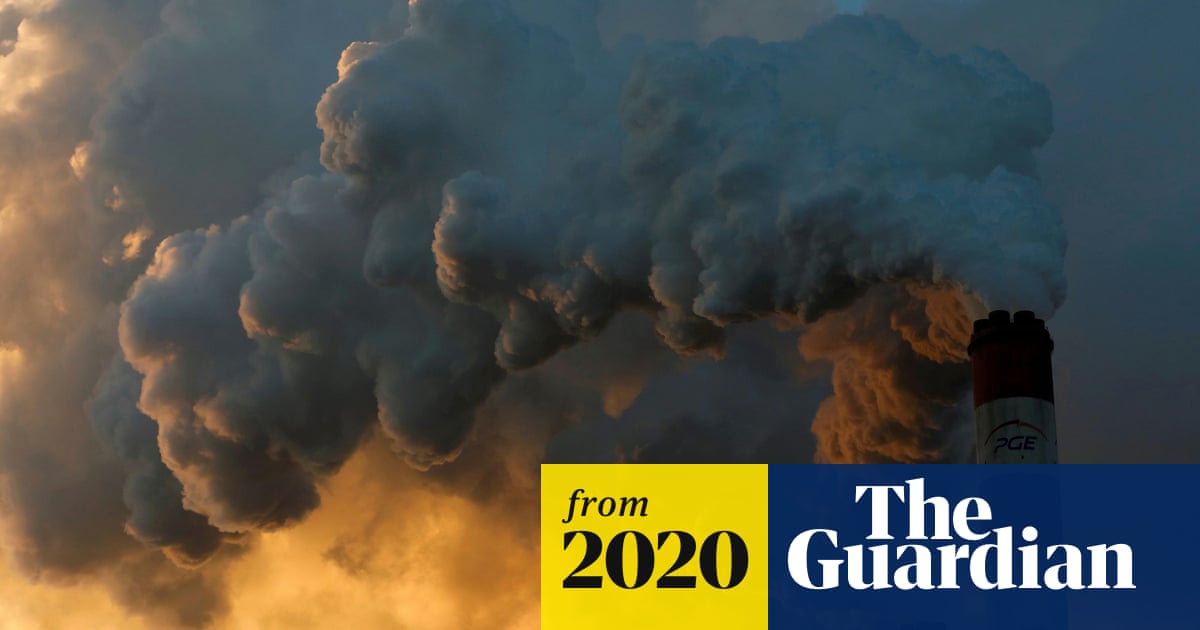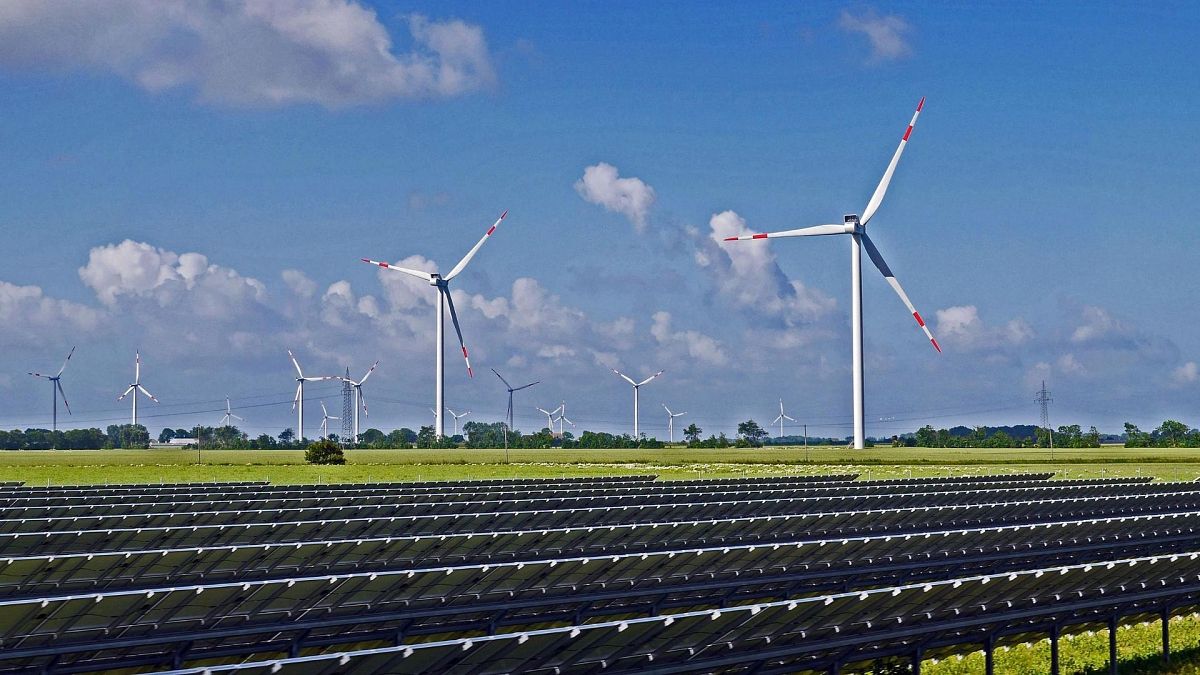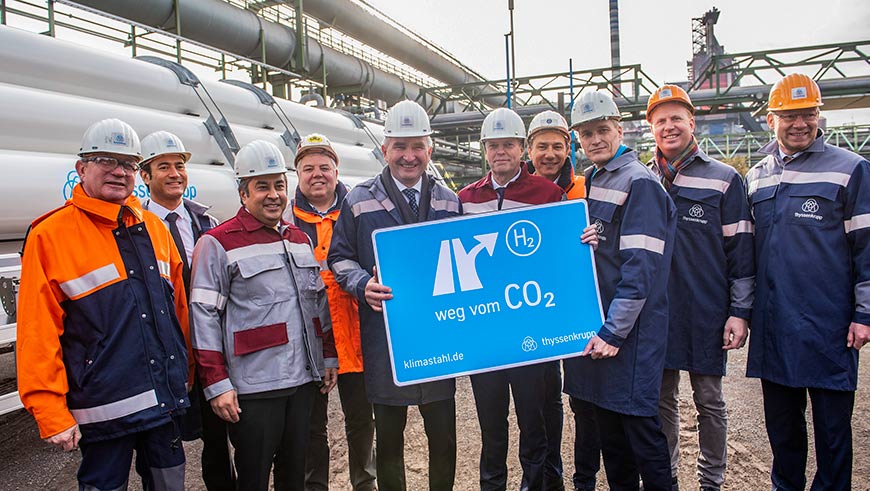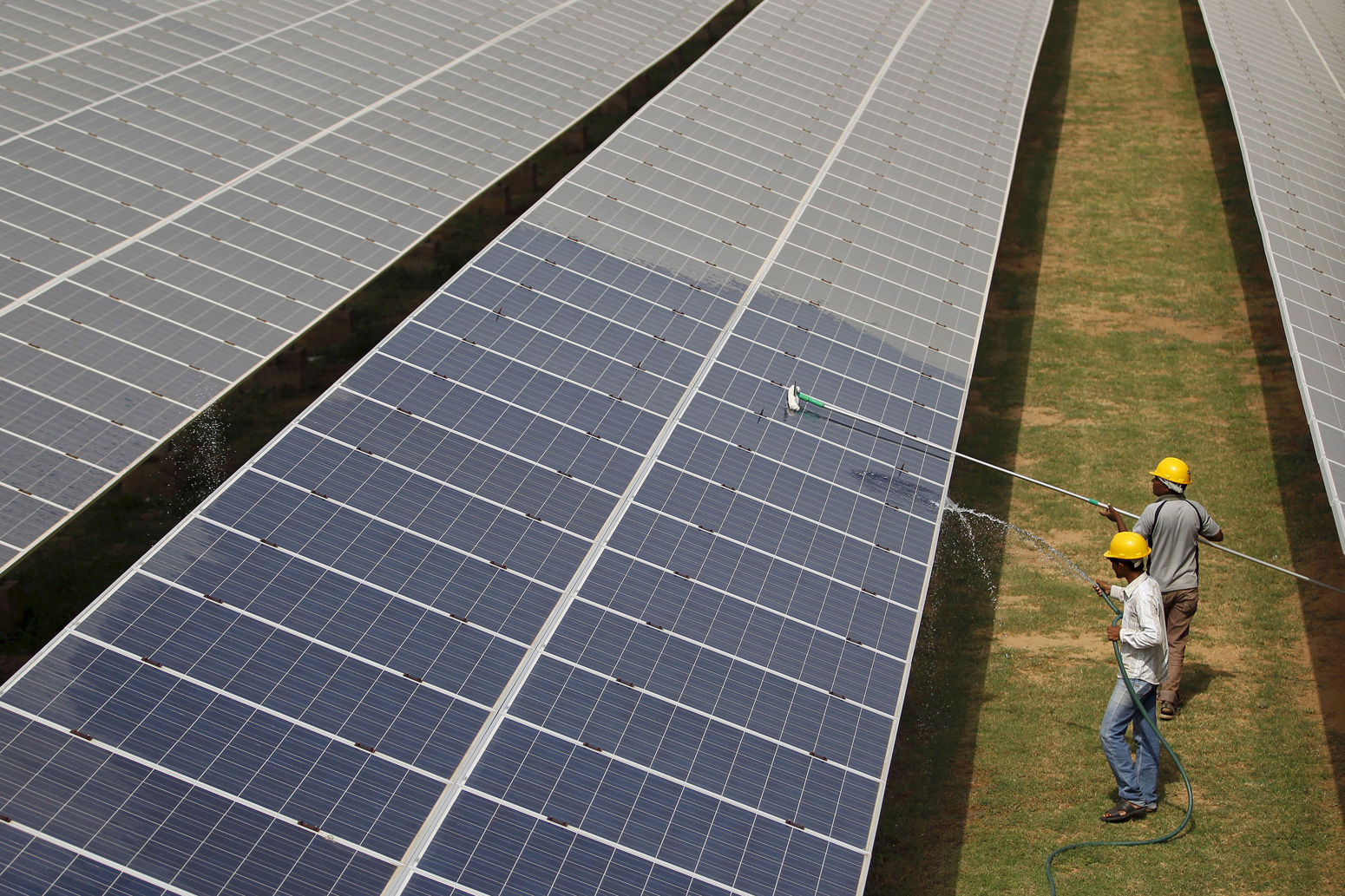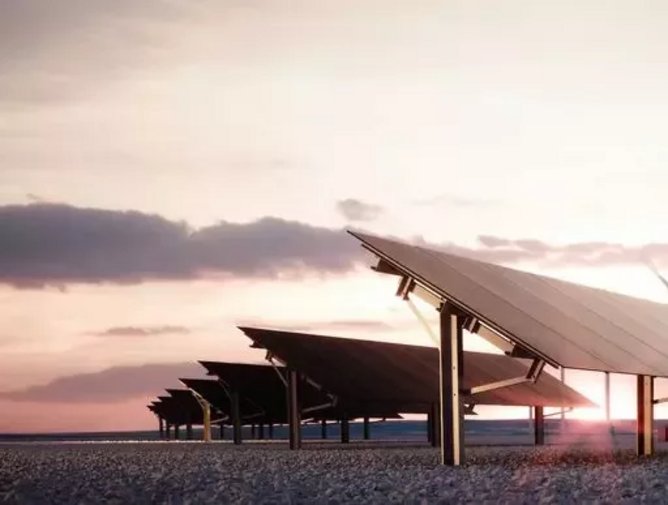- Joined
- Jul 26, 2005
- Messages
- 6,968
- Reaction score
- 1,563
- Gender
- Male
- Political Leaning
- Undisclosed
Fantasy.
Here is a direct links and quotes from Shell's and BP's own webpages.
"We strongly support the goals of the Paris Agreement to limit the rise in the average global temperature well below 2° Celsius. The Paris Agreement also said the world should pursue efforts to limit the temperature increase to 1.5° Celsius.
For society to achieve a 1.5° Celsius future, the world is likely to need to stop adding to the stock of greenhouse gases in the atmosphere – a state known as net-zero emissions – by around 2060.
That is why Shell has set itself an ambition to become, by 2050 or sooner, a net-zero emissions energy business."

Environmental Sustainability | Shell Global
Protecting the environment, reducing waste and making a positive contribution to biodiversity.
"The world is not on a sustainable path and needs a rapid transition to lower carbon energy in order to meet the goals of the Paris Agreement."

Climate change and the energy transition | Sustainability | Home
The world is not on a sustainable path and needs a rapid transition to lower carbon energy in order to meet the goals of the Paris Agreement
There Shell for example offer solar panels with battery storage for customers.
"We’re proud to have partnered with sonnen, a world leading manufacturer of battery storage and member of the Shell family. This partnership offers customers with solar panels a complete battery storage solution that helps to reduce their electricity bills."
Cleaner Energy Choices
Want to make your home more energy efficient? Get free advice on how you can.

